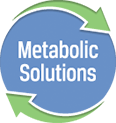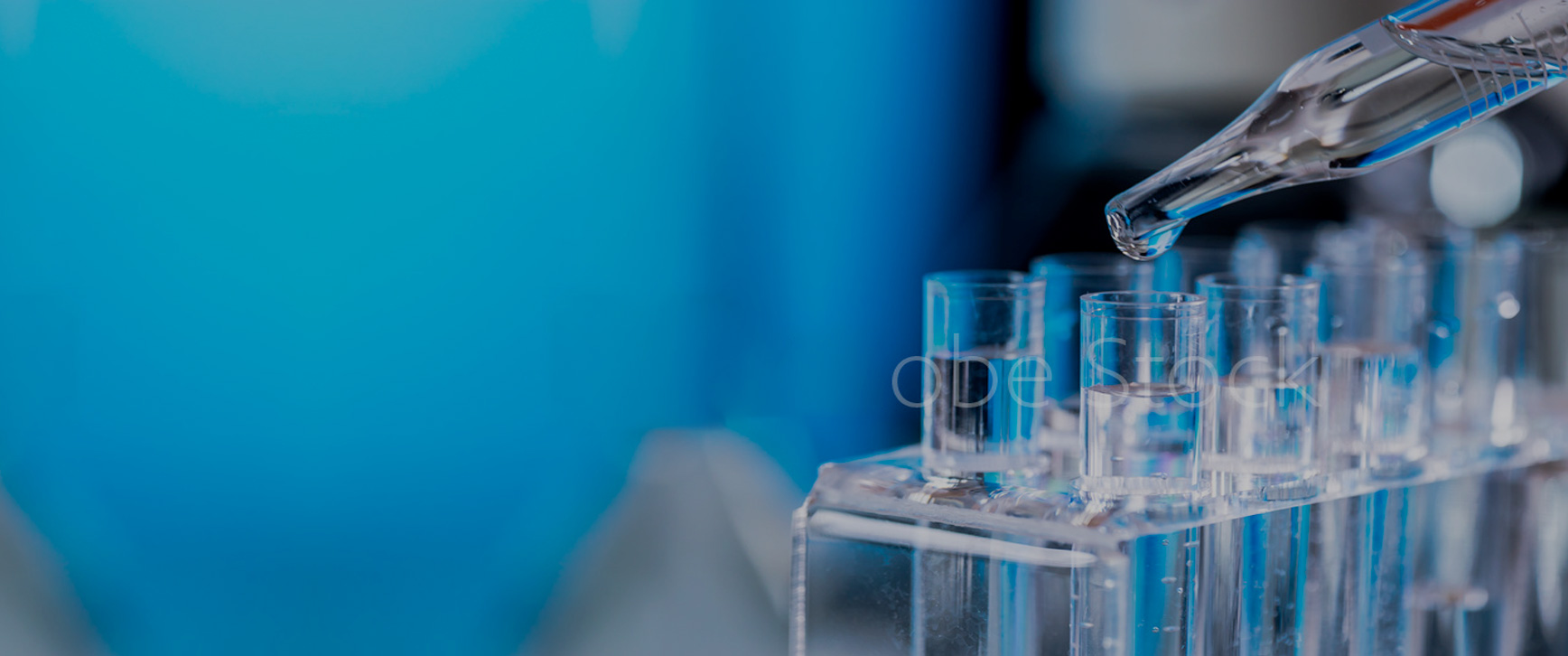22 Aug Lactose intolerance versus milk allergy
Lactose intolerance and milk allergy are often considered the same problem. But they are two entirely different medical conditions that require different courses of action. People with lactose intolerance experience distress after consuming dairy products because they have a lack of an enzyme known as lactase. This condition can be detected using the hydrogen breath test for lactose intolerance. If you test positive all is not lost because there are effective strategies for treating lactose intolerance. These treatments include taking supplements to replace lactase, eating dairy that has lactose removed, and learning through trial and error your level of tolerance. Milk allergy is a much more serious problem that is caused by an allergic reaction to a specific protein found in milk known as beta-lactoglobulin. Milk allergy presents with some of the same symptoms as lactose intolerance (ie. Diarrhea) but in many cases includes swelling of the mouth and mucous membranes. About 2 to 3 percent of children are believed to have milk allergy. There is no treatment for a milk allergy other than avoiding milk. However, recent research has suggested that high amounts of iron incorporated into the milk protein might protect against the allergen. Further research is needed to understand how to increase the iron content and to confirm these findings.
An important point is to recognize that if you test negative for lactose intolerance it may still mean that a milk allergy is a problem. Conversely, it is possible to test positive for lactose intolerance, modify your diet according, and still have symptoms because you are one of the unlucky ones with both lactose intolerance and a milk allergy.


